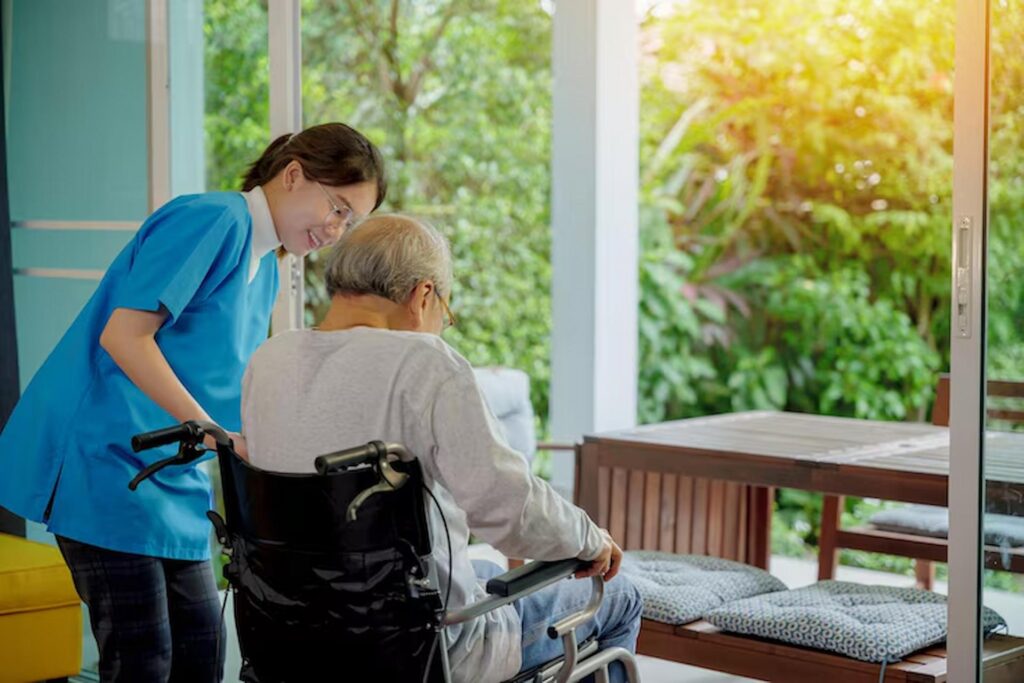Breaking stereotypes and debunking myths is essential in any field, but perhaps none more so than in the realm of care homes. Often portrayed negatively in popular culture and media, these facilities face an uphill battle against misconceptions that can overshadow their invaluable services. This blog post will explore some common myths about care homes and shed light on the reality behind them.
Myth 1: Care Homes are Lonely Places
One of the prevailing myths surrounding care homes is that they are lonely and isolating environments. Contrary to this belief, care homes can foster vibrant communities where residents form close bonds with both staff and fellow residents. Activities such as group outings, game nights, and social events are often organized to promote interaction and combat feelings of loneliness.
Myth 2: Care Homes Lack Individualized Care
Another misconception is that care homes provide one-size-fits-all care, neglecting the individual needs of residents. However, reputable care homes prioritize personalized care plans tailored to each resident’s unique requirements. From assistance with daily activities to specialized medical care, residents receive comprehensive support that caters to their specific preferences and health conditions. Morris Care Homes in Shropshire & Cheshire, for example, exemplify the dedication to personalized care and vibrant community-building, challenging stereotypes and showcasing the reality of modern care facilities.
Myth 3: Care Homes Are Depressing Environments
The portrayal of care homes as gloomy and depressing settings is a common misconception perpetuated by media stereotypes. In reality, care homes strive to create cheerful and uplifting atmospheres that promote residents’ well-being. Bright common areas, beautiful outdoor spaces, and engaging recreational activities contribute to a positive living environment that enhances residents’ quality of life.
Myth 4: Residents Have No Independence in Care Homes
There’s a misconception that residents in care homes have little to no autonomy and independence. However, reputable care homes prioritize residents’ independence and autonomy, encouraging them to make choices about their daily routines, activities, and preferences. Staff members are there to support and assist residents in maintaining their independence while ensuring their safety and well-being.
Myth 5: Care Homes Are Only for the Elderly
While care homes are often associated with elderly individuals, they cater to a diverse range of residents with varying needs. From seniors requiring assistance with daily living to individuals with disabilities or chronic illnesses, care homes offer specialized care services tailored to different age groups and conditions. This inclusivity fosters a supportive and welcoming environment for residents of all ages.
Conclusion
Care homes play a fundamental role in providing support and assistance to individuals who require specialized care services. However, they often face misconceptions and stereotypes that overshadow their positive contributions. By debunking these myths and shedding light on the reality of care homes, we can foster greater understanding and appreciation for the invaluable work they do in supporting residents’ health, well-being, and quality of life. It’s time to break stereotypes and recognize care homes for the vital role they play in our communities.

